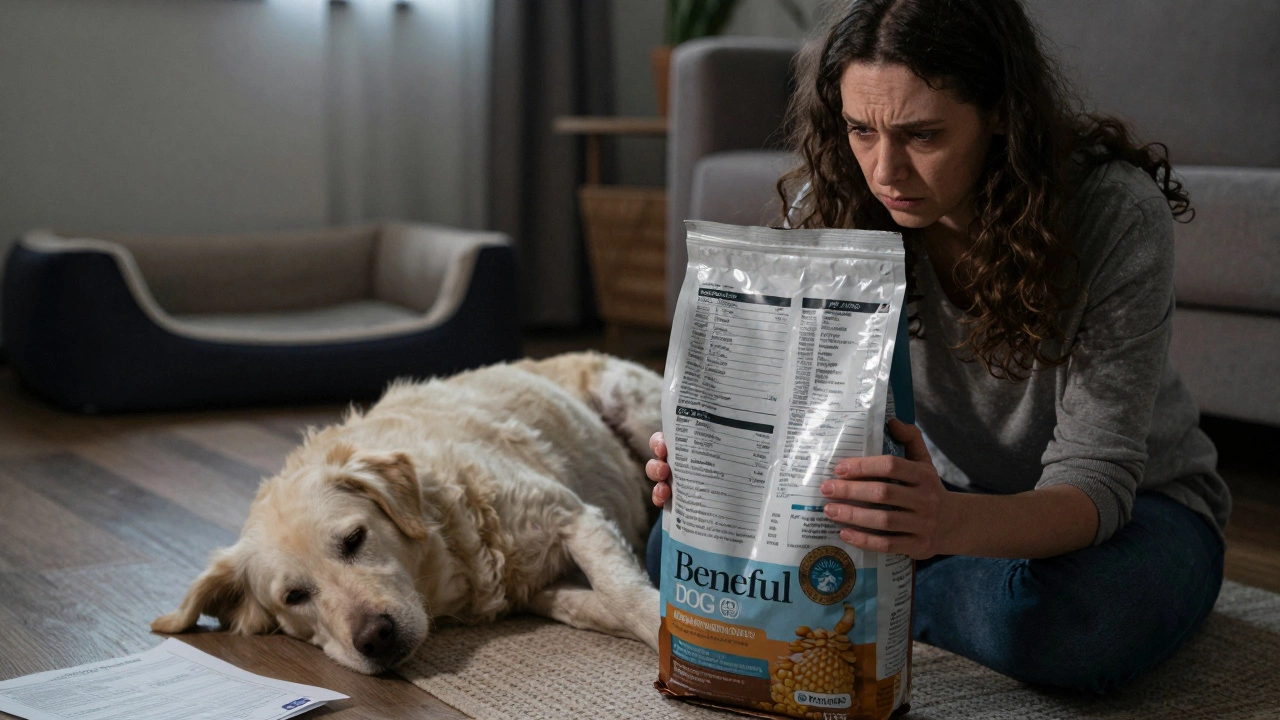Dog Alone Cruelty: What It Means and How to Stop It
When we talk about dog alone cruelty, the practice of leaving a dog isolated for long periods without companionship, mental stimulation, or basic care, it’s not just a bad habit – it’s a serious welfare concern. Also known as canine neglect, it often overlaps with other harmful behaviors. dog alone cruelty harms a dog’s emotional health and can trigger physical problems. Understanding this issue helps owners see the bigger picture and take real action.
Why Dog Abandonment and Isolation Are Linked
Another key player is dog abandonment, the act of giving up a dog without proper rehoming or care. When a dog is abandoned, it often ends up in a shelter where it experiences long stretches alone, amplifying the effects of dog alone cruelty. The relationship is clear: abandonment creates conditions where isolation thrives, and prolonged isolation can make a rescued dog harder to adopt. Both issues feed each other, so tackling one helps reduce the other.
Then there’s separation anxiety, a stress response dogs show when left alone, marked by whining, pacing, or destructive behavior. Separation anxiety doesn’t appear out of nowhere; it often stems from years of being left alone or from sudden changes after adoption. This anxiety can look like cruelty, but it’s actually a symptom of it. Owners who recognize the signs can intervene early with training, enrichment, and gradual alone time to break the cycle.
Legal frameworks also shape how we deal with these problems. animal welfare law, the set of regulations that define what constitutes cruel treatment of animals and prescribe penalties varies across the UK, but most statutes include provisions against prolonged isolation. When the law labels a behavior as cruelty, it forces owners to adopt better practices, like providing regular companionship or professional care. Enforcement, however, depends on public awareness and reporting.
Prevention strategies bring everything together. cruelty prevention, the proactive steps taken to stop animal mistreatment before it happens includes education, accessible dog‑walking services, and community support networks. Simple actions—like checking in on a neighbor’s dog, offering a day‑care slot, or using pet‑sitting apps—can break a dog’s isolation pattern. When owners use enrichment toys, scheduled walks, or interactive games, they reduce the risk of both abandonment and separation anxiety.
In practice, blending these ideas works best. A busy professional might hire a local walker while also setting up a puzzle feeder for mid‑day stimulation. A new puppy owner can enroll in a basic training class to build confidence and prevent anxiety later. By aligning daily routines with the legal expectations of animal welfare law, owners create a safe, engaging environment that keeps dogs happy and healthy.
Below you’ll find a curated list of articles that dive deeper into each of these topics—from spotting the signs of separation anxiety to navigating the legal side of cruelty cases. These pieces give you actionable tips, real‑world examples, and reliable resources to help you protect any dog facing prolonged alone time.
Is Leaving Your Dog Alone Overnight Cruel? Risks and Practical Tips
Find out if leaving a dog alone overnight is cruel and learn practical steps, safe sleep setup, and alternatives to keep your pet happy and healthy.






